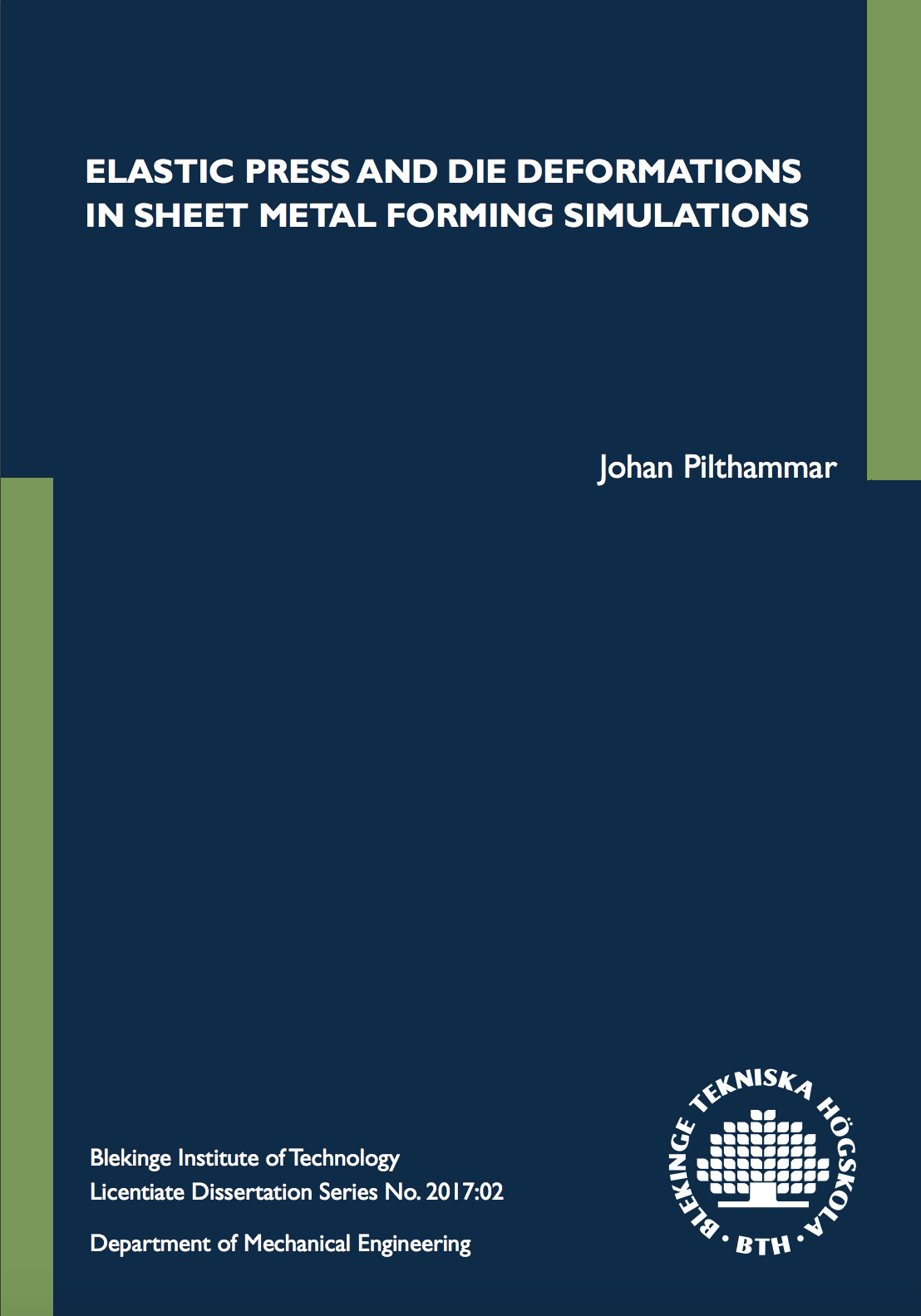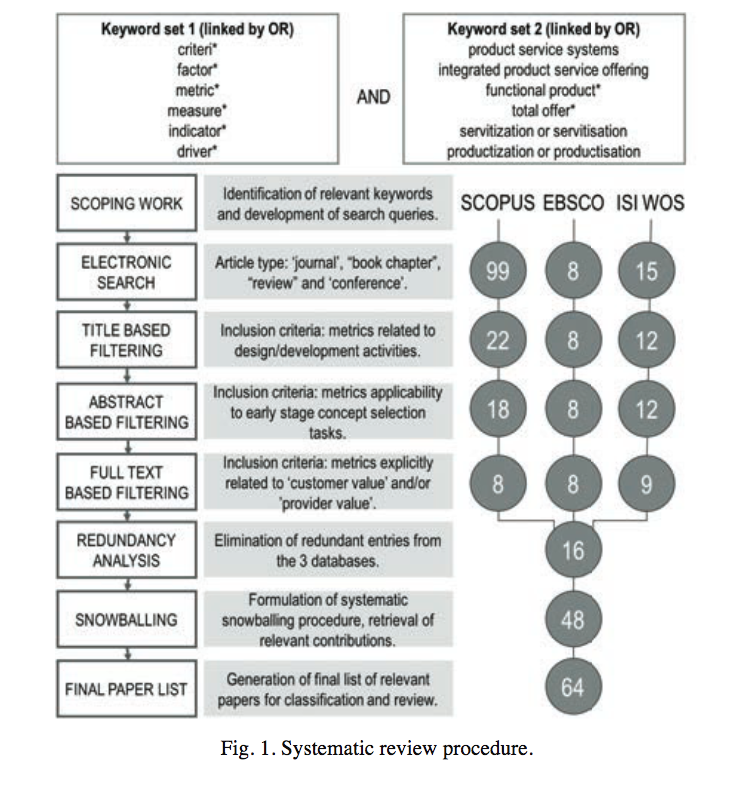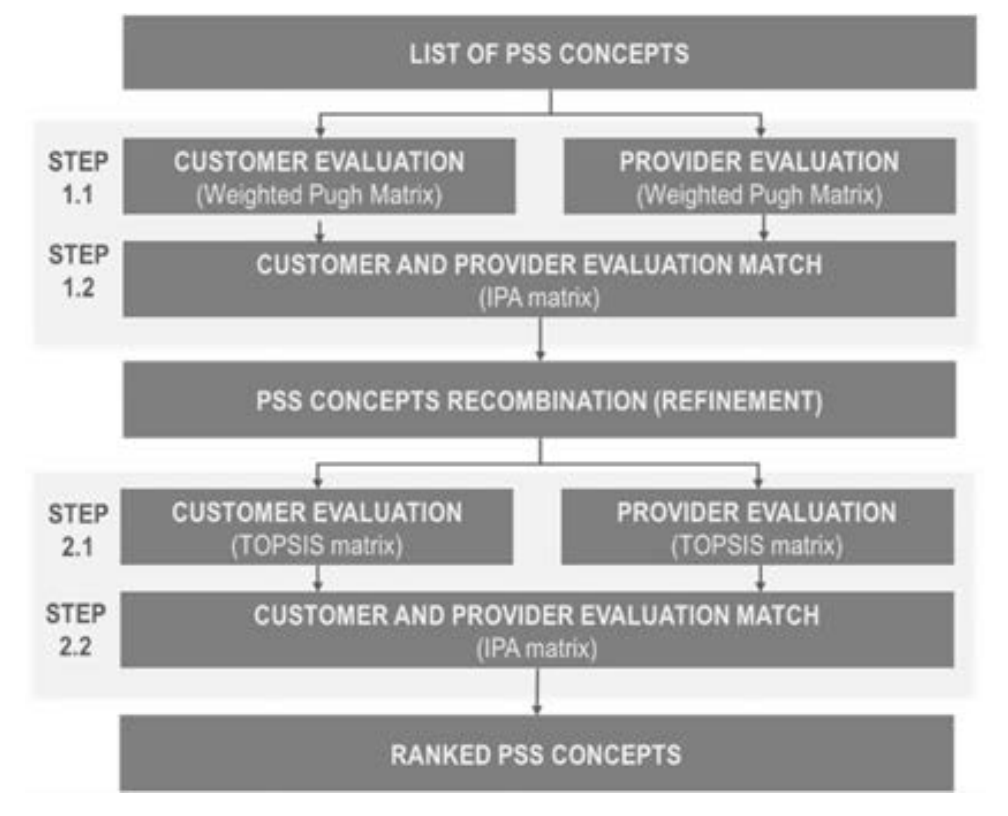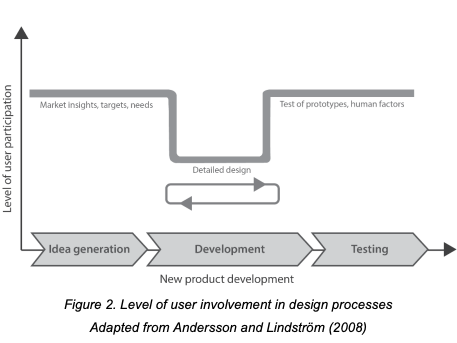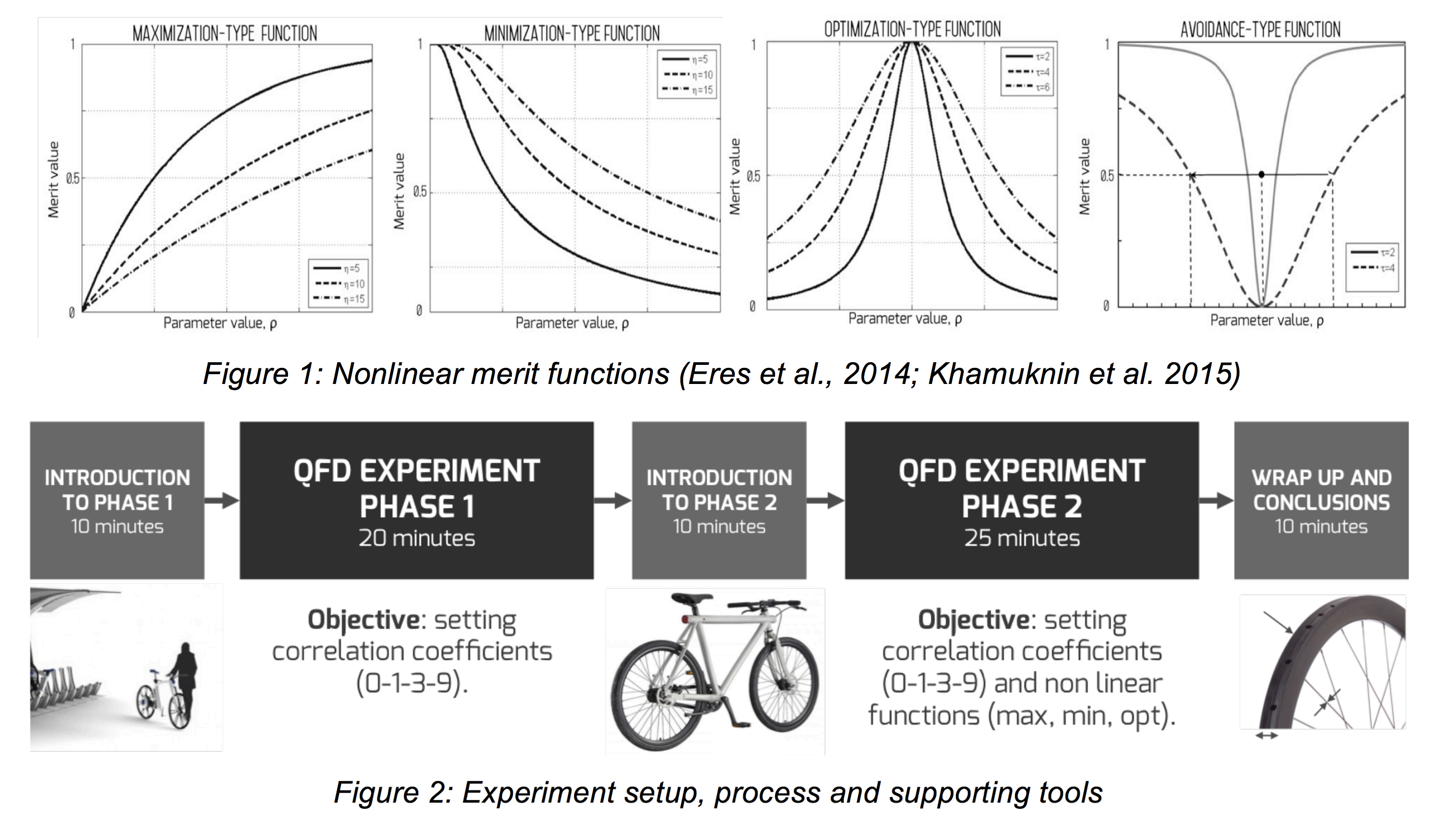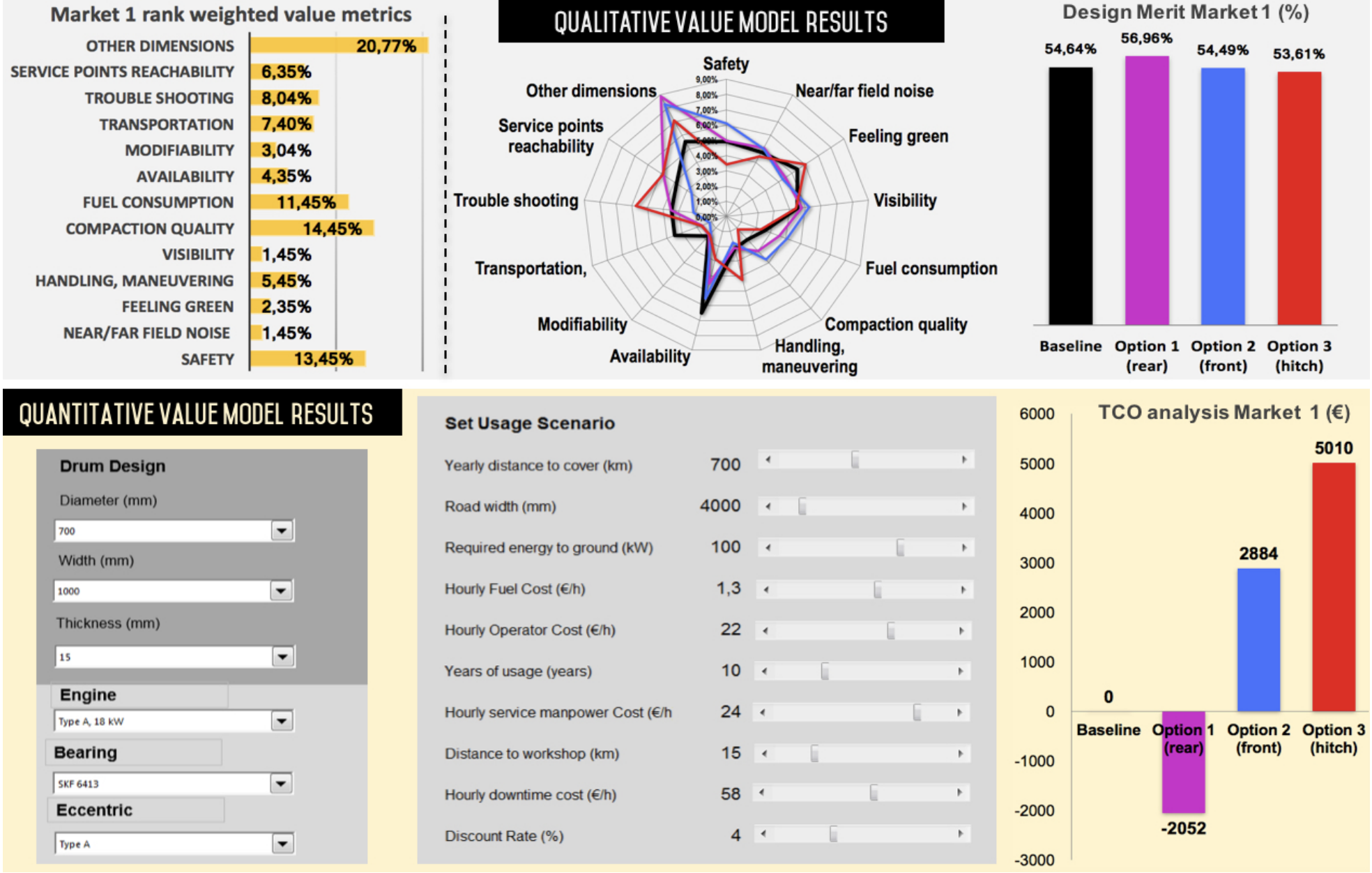ABSTRACT This work present an approach of how to account for the anisotropic mechanical material behaviour in the simulation models of the thin aluminium foil layer (≈10 μm) used in the Packaging Industry. Furthermore, the experimental results from uniaxial tensile tests are parameterised into an analytical expression and the slope of the hardening subsequently extended […]
Read MoreSimulation of thin aluminium-foil in the packaging industry
- 21st December 2017
- No Comment

